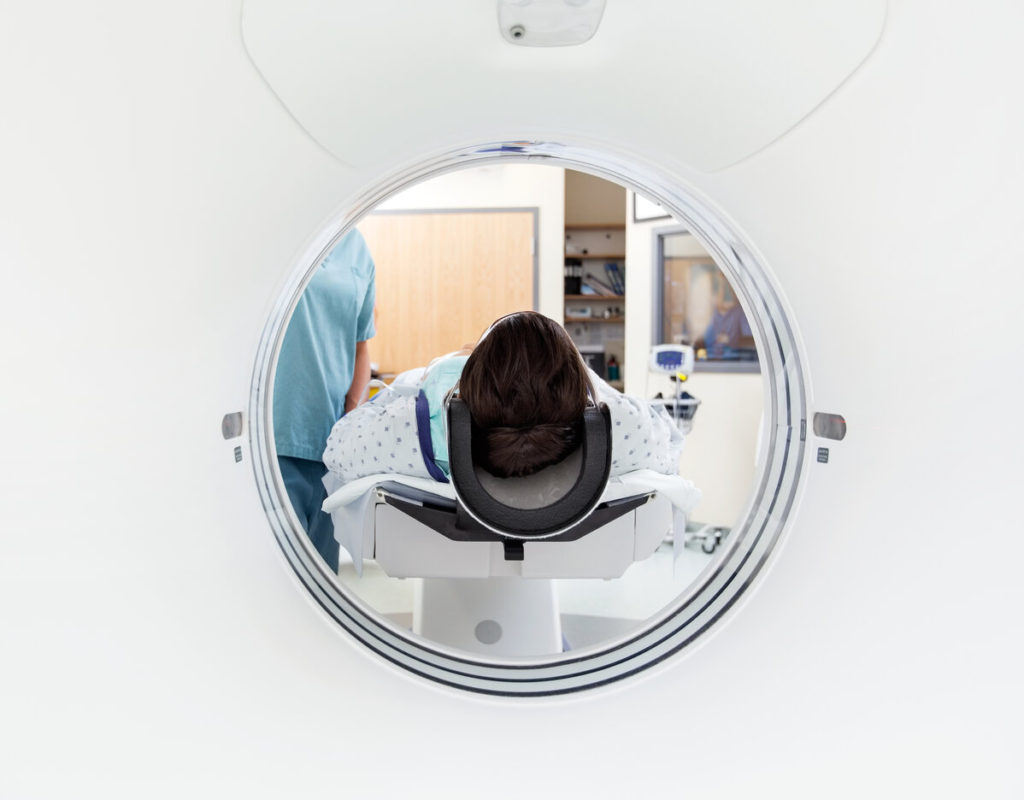
Radiation exposure is an unavoidable topic when it comes to diagnostic medical imaging based on ionizing radiation. While some believe that the benefits of radiation exposure outweigh the risks, others do not happen to think so. That has resulted in the ongoing debate between the benefits and risks of imaging procedures that utilize ionizing radiation.
Medical imaging has helped doctors and patients in many ways since its advent. It has helped improve diagnosis and treatment in the medical field and avoid exploratory surgeries. Medical imaging helps physicians make a better diagnosis regarding their patients and thereby recommend the most appropriate form of treatment. That reduces delays and errors in treatment, providing overall better care for patients.
Standard x-ray procedures like chest x-rays use relatively low levels of radiation. The radiation exposure during a CT scan is higher than that during a chest x-ray due to the use of many x-rays. But as the National Cancer Institute presents, the risk increment from a single CT scan can be relatively small. If you put it into numbers, it is about 1 in 2000 while the lifetime risk of death by cancer in the US is at 1 in 5. It is actually riskier to avoid a CT scan than have it; more so if it is being used to diagnose a serious condition.
To garner the benefits of medical imaging based on ionizing radiation, some amount of radiation exposure is needed. The key is to hit the right balance. The goal of striking the right balance between radiation exposure and better imaging is coming closer and closer with research and technology. With every step taken with every new introduction in the field, you come closer to this goal. The pioneers in the field are working to reduce exposure further while generating better images in their newest systems.
There are also other options when it comes to medical imaging that do not involve ionizing radiation. Magnetic Resonance Imaging (MRI) scans and Ultrasound scans are also available for medical imaging, but the cost can be somewhat higher.
The protocol of going for an x-ray and then a CT scan and then an MRI has its pros and cons. In some cases, it may even be safer to go for a CT scan straightaway instead of an x-ray to eliminate the exposure of an x-ray from the equation instead of going for both.
Nevertheless, it is clear that the benefits of medical imaging are vast and many. Also, the safety of each procedure is improving as we speak. Therefore, it stands true for many situations that the benefits of medical imaging based on ionizing radiation can outweigh the risk; mostly if the diagnosis involves a severe condition.
When it comes to purchasing the best used and refurbished medical imaging equipment, Amber Diagnostics stands in the forefront. Be it a Philips CT Scanner or a GE MRI Machine or any other kind of top quality medical imaging equipment, we can help you out. We can also help you with figuring out the best fit for your requirements and medical facility. Contact us now to get a quotation.